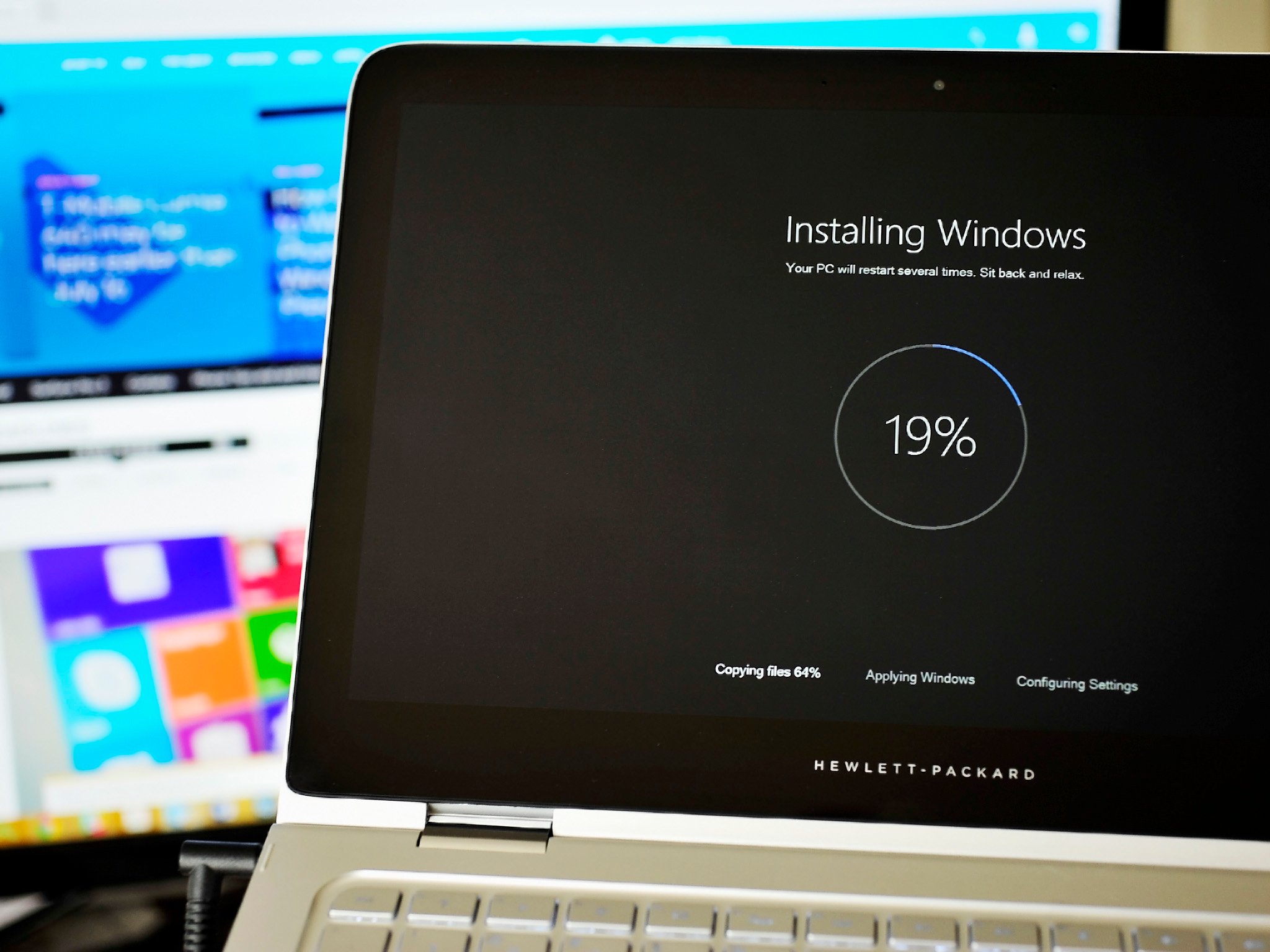Here are the Windows 10 system requirements for running the OS on your PC

With Microsoft officially announcing that Windows 10 on the PC will launch on July 29, the company has issued the hardware system requirements that will be needed for a computer to run the company's latest operating system.
First, here are the very basic things you will need to run Windows 10 if you own a Windows 7 and/or a Windows 8.1 PC and want to get the free upgrade:
- OS: Windows 7 SP1 or Windows 8.1 Upgrade
- Processor: 1 gigahertz (GHz) or faster processor or SoC
- RAM: 1 gigabyte (GB) for 32-bit or 2 GB for 64-bit
- Hard disk space: 16 GB for 32-bit OS 20 GB for 64-bit OS
- Graphics card: DirectX 9 or later with WDDM 1.0 driver
- Display: 1024x600
Microsoft also points out that beyond the listed system requirements, there are other things that might prevent your PC from running Windows 10, including "driver and firmware support, application compatibility, and feature support". It adds:
- For Anti-virus and Anti-malware applications, during upgrade Windows will check to see if your Anti-virus or Anti-malware subscription is current. Windows will uninstall your application while preserving your settings. After upgrade is complete, Windows will install the latest version available with the settings that were set prior to upgrade. If your subscription is not current, upgrade will enable Windows defender.
- Some applications that came from your OEM may be removed prior to upgrade.
- For certain third party applications, the "Get Windows 10" app will scan for application compatibility. If there is a known issue that will prevent the upgrade, you will be notified of the list of applications with known issues. You can choose to accept and the applications will be removed from the system prior to upgrade. Please be sure to copy the list before you accept the removal of the application.
Finally, there are certain features Windows 10 has that will require more than just the basic system requirements in order for them to work:
- Cortana is only currently available on Windows 10 for the United States, United Kingdom, China, France, Italy, Germany, and Spain.
- Speech recognition will vary by device microphone. For better speech experience you will need a high fidelity microphone array (and a) hardware driver with Microphone array geometry exposed
- Windows Hello requires specialized illuminated infrared camera for facial recognition or iris detection or a finger print reader which supports the Window Biometric Framework.
- Continuum is available on all Windows 10 editions by manually turning "tablet mode" on and off through the Action Center. Tablets and 2-in-1's with GPIO indicators or those that have a laptop and slate indicator will be able to be configured to enter "tablet mode" automatically.
- Music and Video stream through the Xbox Music or Xbox video available in certain regions. For the most up to date list of regions, please go to Xbox on Windows website.
- Two factor authentication requires the use of a PIN, Biometric (finger print reader or illuminated infrared camera), or a phone with WiFi or Bluetooth capabilities.
- Device Guard requires: UEFI Secure Boot with 3rd party UEFI CA removed from the UEFI database; TPM 2.0; Virtualization Support configured on by default in the System Firmware (BIOS): Virtualization extensions (e.g. Intel VT-x, AMD RVI): Second Level Address Translation (e.g. Intel EPT, AMD RVI): IOMMU (e.g. Intel VT-d, AMD-Vi). UEFI BIOS configured to prevent unauthorized user from disabling Device Guard hardware security features. Kernel mode drivers need to be Microsoft signed and compatible with hypervisor enforced code integrity. Only available on Windows 10 Enterprise
- The number of applications that can be snapped will depend upon the minimum resolution for the application.
- To use touch, you need a tablet or a monitor that supports multi-touch
- Microsoft account required for some features
- Internet access (ISP fees might apply)
- Secure boot requires firmware that supports UEFI v2.3.1 Errata B and has the Microsoft Windows Certification Authority in the UEFI signature database
- Some IT administrators may enable Secure Logon (Ctrl + Alt + Del) before bringing you to the log in screen. On tablets without a keyboard, a tablet with the Windows button maybe required as the key combination on a tablet is Windows button + Power button.
- Some games and programs might require a graphics card compatible with DirectX 10 or higher for optimal performance
- BitLocker To Go requires a USB flash drive (Windows 10 Pro only)
- BitLocker requires either Trusted Platform Module (TPM) 1.2, TPM 2.0 or a USB flash drive (Windows 10 Pro and Windows 10 Enterprise only)
- Client Hyper-V requires a 64-bit system with second level address translation (SLAT) capabilities and additional 2 GB of RAM (Windows 10 Pro and Windows 10 Enterprise only)
- Miracast requires a display adapter which supports Windows Display Driver Model (WDDM) 1.3, and a Wi-Fi adapter that supports Wi-Fi Direct
- Wi-Fi Direct Printing requires a Wi-Fi adapter that supports Wi-Fi Direct and a device that supports Wi-Fi Direct Printing
- To install a 64-bit OS on a 64-bit PC, your processor needs to support CMPXCHG16b, PrefetchW, and LAHF/SAHF
- InstantGo works only with computers designed for Connected Standby
- Device encryption requires a PC with InstantGo and TPM 2.0.
Source: Microsoft
All the latest news, reviews, and guides for Windows and Xbox diehards.

John Callaham was a former contributor for Windows Central, covering Windows Phone, Surface, gaming, and more.
